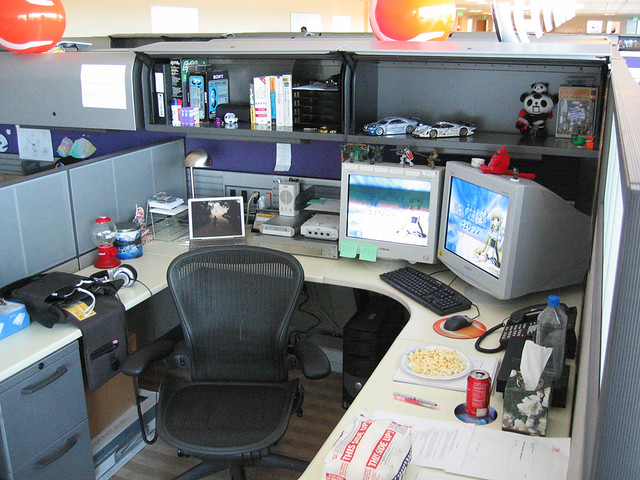
On July 4th, while America celebrated their national Independence Day, the European Organization for Nuclear Research (CERN) physicists celebrated the discovery of a new particle, Higgs boson, also known as the God particle; the long sought elementary particle that gives mass to the universe, the possible missing piece of the Standard Model of physics. CERN physicists hailed this discovery as the biggest advance in knowledge about the cosmos of over 30 years. From the point of view of future physics, this may be the end of an era, yet this historic milestone may be just the beginning of future discovery.
In the West, in the 5th century BC, the Greek philosophers Democritus and Leucippus proposed that matter was made up of tiny, indivisible particles they called atoms. Around 1803, John Dalton (1766-1844) developed the first useful atomic theory of matter. Then in 1897, Thompson discovered the first component part of the atom: the electron, a particle with a negative electric charge. The research continues the discovery of quarks, leptons in modern physics. Western scientist continues to look for the smallest “particle” to make sense of how the universe works.
Over five thousand years ago, the Chinese have actually “discovered” the smallest “thing”, the very essence that constitutes the universe, and called it chi (qi). Instead of analysis from a physical level, the Chinese use this assumption that chi exists. They developed this theory into a useful working model applying it to all aspects of human living. So much so, that chi has permeated all Chinese culture; everything is related and expressed in terms of chi.
Here are a few examples of how chi is used in Chinese culture. Chi has been the theoretical basis of Chinese medicine, as health is related to the flow and balance of chi in the human body. Feng shui, the knowledge of living environmental design, is based on the chi of the space. An ideal living environment is a place with abundant chi. In the old days, assessing warfare was through the chi of the people and military.
Chi is also naturally integrated into daily living for Chinese. If we take away the word chi, many Chinese phrases will not exist. For example, complexion is called chi-se (chi color); a person’s disposition or quality is called chi-zhi (chi quality); atmosphere of a place called chi-fen (chi place); energy of a place is called chi chuan (chi field); a person’s tolerance is called chidu (chi capacity). Even though people do not know what chi is, they are all aware of its existence; with awareness, comes an energy or information component that associates with a physical manifestation.
Although people from many different cultures also associate “chi” with other terms such as “life force”, “breath of life”,” living energy”,” ki”,” prana”, the term “chi” is actually beyond these expressions. Ancient Chinese metaphysics regards chi as the very essence of the universe, and this essence is a unified matter and spirit. These two are inseparable. Thus, physicists will never succeed in finding the smallest particle, as there is no such a thing. One day, scientists will explore into the deepest of micro fields and they will most likely find the converging of matter and spirit.
Curiosity and wonder give life and living added meaning, the drive for new discovery, enriching human life. While we may admire the spirit of physicists continuing the search for the smallest particle, we also wonder what is its significance in our life.
As people look for the invisible, they may be blind from the visible. If ultimately matter and spirit are one, could we then see everything as a living thing? We all learn to take care of living things; our body, people, and animals. What if we see everything as a living thing? Maybe then we would be more likely to take care of the things we live with, such as the clothes we wear, the chair and desk we use, the room and house we live in, the garden, car, roads…They are all composed of chi.
It will be great if we pay as much attention and interest in the concept of chi as to the Higgs boson. Remember, we are composed of chi. Thus, for good health and happy feelings —practice chi exercise, and for success and prosperity—live in a place with good chi.
Bring abundant chi to your life!



